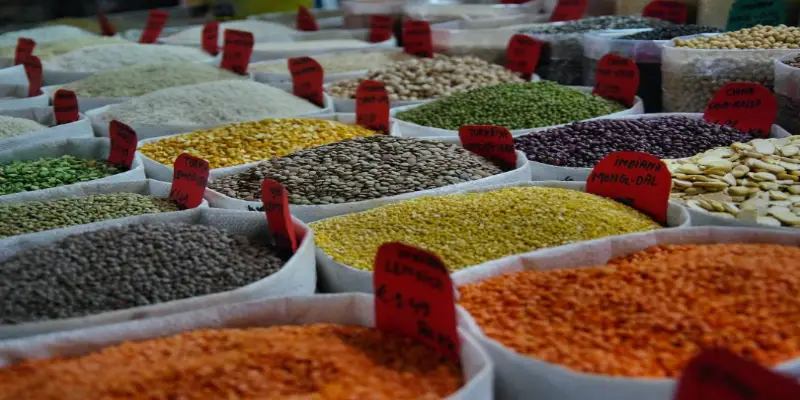Wheat is a globally significant commodity that serves as a staple food for billions of people. Ensuring its safe and efficient transportation from farms to processing plants or export terminals is vital for maintaining its quality and minimizing losses. Bulk transport of wheat comes with its own set of challenges, including the risk of contamination, spoilage, and logistical inefficiencies. This article explores the best practices, equipment, and strategies for transporting wheat in bulk safely and efficiently.
- Understanding Bulk Wheat Transportation Needs
Transporting wholesale grain requires a focus on both quantity and quality. Bulk handling minimizes packaging costs and speeds up the supply chain, but it also increases the risk of spoilage, especially from moisture, pests, and improper handling. The primary goal is to preserve the wheat’s integrity while ensuring timely and cost-effective delivery.
- Choose the Right Transportation Method
The choice of transportation largely depends on the distance, volume, and final destination of the wheat. The most common methods include:
- Trucks and Trailers: Suitable for short to medium distances, bulk grain trailers are equipped with hoppers for easy loading and unloading. They should be well-sealed and clean to prevent contamination.
- Rail Cars: For long-distance and cross-country transportation, rail cars offer a high-capacity and cost-effective option. Covered hopper cars are typically used to protect the wheat from weather conditions.
- Shipping Containers or Bulk Vessels: When transporting wheat internationally, bulk carriers and specially lined containers are used. These vessels must comply with international maritime standards to ensure grain safety during transit.
- Proper Loading Procedures
Efficient and safe wheat transportation starts with proper loading techniques:
- Clean Equipment: All transport vehicles and containers must be thoroughly cleaned and dried to prevent contamination from previous loads.
- Moisture Control: Wheat should be loaded at the correct moisture level (typically below 14%) to avoid mold and spoilage during transit.
- Uniform Distribution: Loading wheat evenly prevents shifting during transport, which can cause damage to the vehicle and lead to spoilage due to uneven pressure or moisture buildup.
- Grain Handling Equipment
Using modern grain handling systems can significantly enhance the efficiency of bulk wheat transportation. Conveyors, augers, and pneumatic systems reduce the need for manual labor and minimize grain damage. Mobile grain vacuums are also effective for quick loading and unloading, especially in remote areas.
- Storage and Transit Conditions
Wheat is sensitive to environmental conditions, particularly humidity and temperature. During transportation:
- Use of Aeration: Ventilation systems in trucks or storage containers help maintain proper airflow and prevent the buildup of heat and moisture.
- Temperature Monitoring: Sensors can be used to monitor grain temperature during long hauls, especially in warm climates.
- Sealing Against Pests: Properly sealed containers prevent insect infestation and protect against rodents and birds.
- Compliance with Safety Regulations
Transporting buy wheat in bulk must comply with national and international safety standards. These include:
- DOT and FMCSA Regulations (USA): For road transport, compliance with Department of Transportation rules ensures vehicle safety and driver qualifications.
- Grain Export Standards: If wheat is meant for export, it must meet the quality and handling standards set by organizations such as the USDA or international bodies like the International Maritime Organization (IMO).
- Risk Management and Insurance
Bulk transport of wheat involves financial risk, especially in cases of spoilage, theft, or accidents. It’s essential to:
- Invest in Insurance: Cargo insurance can protect against potential losses.
- Implement Tracking Systems: GPS tracking allows real-time monitoring of shipments, ensuring timely deliveries and quick response to issues.
- Training and Workforce Safety
Proper training of personnel involved in handling and transporting bulk wheat is critical. Workers should be familiar with:
- Safe loading and unloading procedures
- Equipment handling
- Emergency protocols for spills or contamination
Conclusion
Transporting wheat in bulk safely and efficiently requires a combination of the right equipment, thorough planning, and adherence to safety standards. By focusing on moisture control, choosing appropriate transport methods, and investing in modern handling technologies, agricultural businesses can ensure that wheat reaches its destination in optimal condition. Implementing these strategies not only reduces losses but also enhances supply chain reliability and profitability.
